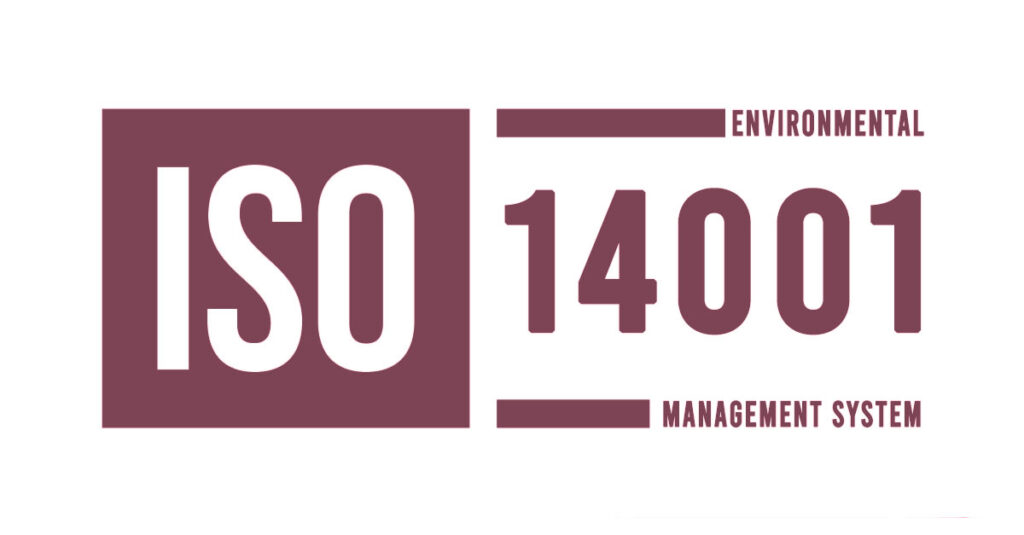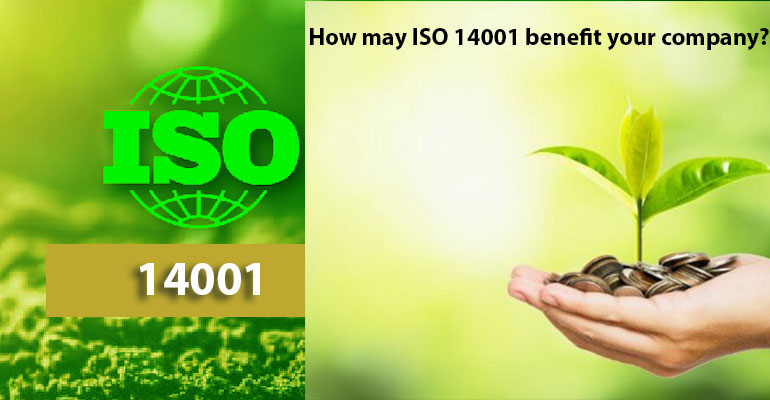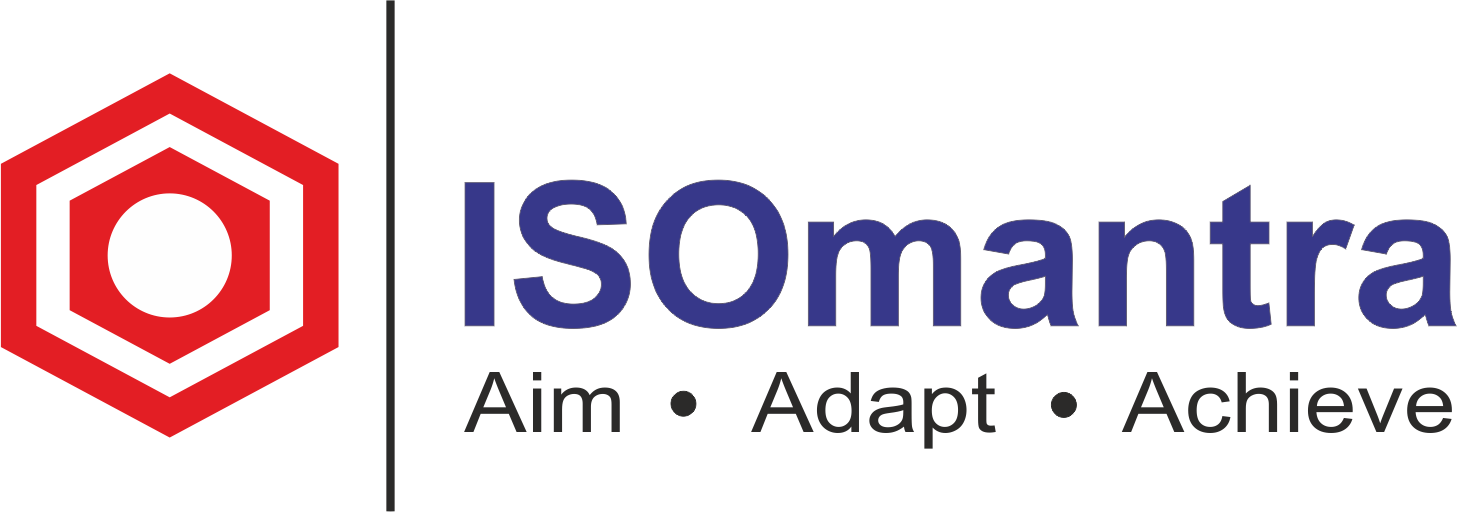How may ISO 14001 benefit your company?

The benefits of ISO 14001 will be felt not just by the environment, but also by your company. As consumer behaviour changes, businesses realise that aligning with their customers’ mindsets is the best approach to expand their enterprises. Corporate Social Responsibility (CSR) is an important part of every business that must be properly addressed. An Environmental Management System can help your organization’s CSR, among other things:

ISO 14001 Key benefits
- Increase revenue by cutting costs
- Lessening the environmental effect
- Strengthen a market position and expand prospects to enter new markets.
- Set yourself apart from your competitors by strengthening your relationships with stakeholders and clients.
- Improve your brand’s image and equity
- Increase employee engagement
Implementing an Environmental Management System in your organisation can be accomplished with the assistance of an Environmental Consultancy or by the acquisition of knowledge and certification through an Environmental Management System course. Check out our ISOmantra Environmental Management Courses.
How does ISO 14001 operate?
ISO 14001:2004 is divided into four sections: a foreword, an introduction, and two appendices. The “Introduction” section provides an overview of the plan-do-check-act cycle of continuous improvement.
- Section 1- “Scope,” highlights the importance of addressing the issues over which it has control and those over which it has influence.
- Section 2– is titled “Normative references,” and it is included for ISO standards as a matter of format. The 2004 edition of ISO 14001 has no references.
- Section 3– “Terms and meanings” contains the ISO 14001:2004 terminology. The definitions ensure that the user comprehends the terminology used in the standard.
- Section 4– “Environmental management system requirements” specifies the requirements that an organisation must meet in order to be considered conformant or registered to this standard.
Appendix A is provided for informational reasons and can be used as a guide. It is not a necessity for an environmental management system that can be audited. Appendix B contains a comparison of ISO 9001:2000, the quality management system standard, and ISO 14001:2004.
The main addition of ISO 14001:2005 was a higher level of structure, known as Annex SL. This new structure emphasises a more strategic approach to the standard and makes integration with other ISO management systems easier.

